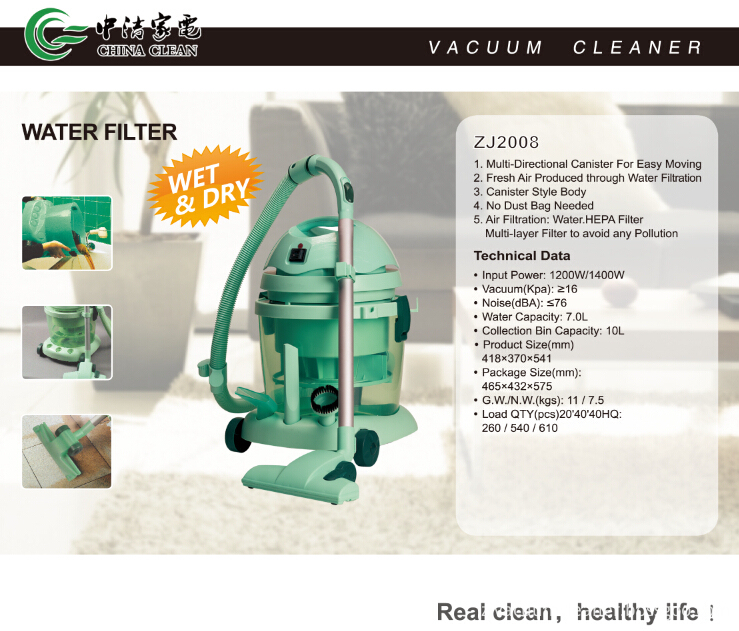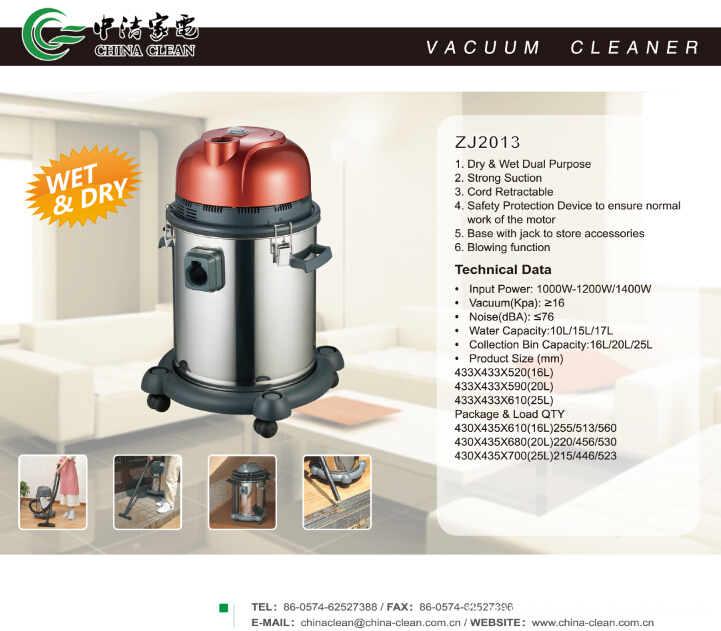As new technologies continue to emerge, competition between liquid crystal displays (LCDs) and plasma display panels (PDPs) has become more intense in recent years, with the result that product prices have declined as technology choices have increased. In the near-saturated market, another technology transition period is coming, and many people think this is a good time for the LED backlight module (BLU) to appear as a next-generation display application.
As new technologies continue to emerge, competition between liquid crystal displays (LCDs) and plasma display panels (PDPs) has become more intense in recent years, with the result that product prices have declined as technology choices have increased. In the near-saturated market, another technology transition period is coming, and many people think this is a good time for the Back Light Unit (BLU) to appear as a next-generation display application.
The LED BLU is sought after because it has advanced features that are significantly different from the Cold Cathode Fluorescent Tube (CCFL) BLU. LEDBLU has the advantages of high color gamut, high contrast, no mercury, RoHS compliance, low voltage and fast response. Now, in addition to evaluating the overall benefits of LEDs, designers are beginning to understand the power solutions of LED BLUs.
The high cost structure of LED BLU is the only obstacle to making it a new generation of LED display applications. Even though the LEDBLU display has excellent visual effects, its application has always been subject to high associated costs. LEDBLU has been used as a small screen for mobile devices for several years, and as technology continues to struggle to overcome price barriers, the technology is moving to medium-sized display applications such as digital photo frames, car navigation devices, notebook computers and monitors. . In addition, despite the failure to achieve low-cost market targets, many mainstream TV manufacturers have begun to introduce some new prototype products, trying to create LEDBLU TV market
To make a larger LED BLU display screen, it is necessary to use a driver IC that can cope with higher requirements. LED BLU for large-screen TVs, its BLU circuit (at least) must consider two functions: use local dimming to improve contrast, and pulse-driven function to reduce motion image blur, which is the advantage of LED BLU compared to CCFLBLU . LEDBLU's driver ICs provide dynamic backlighting control and are the strength of LEDs over other lighting technologies today; and this feature is more important for large screens than for small screens. As for the small screen of the mobile device display or digital photo frame, there is no need for local dimming technology or pulsed driving, and there is no need for the excellent visual display effect required by the large screen.
To design a dynamic control driver IC for an LEDBLU TV, the array of LED matrices must be carefully arranged, as the number of channels and the current and voltage levels of each channel are important in the specifications of the IC. Recently, many TV manufacturers are more actively promoting the new LEDBLU TV.
The market changes have spawned a solution that can solve two major problems: one is the high cost of LEDs; the other is the uncertainty in LED matrix design. It is believed that RGBLEDs have much better visual effects than white LEDs (especially in terms of color gamut), but studies have shown that human eyes can hardly distinguish between RGB LEDs and white LEDs because the human eye is most sensitive to the brightness of the first eye. The brightness of RGB LEDs and white LEDs is almost the same. Because white LEDs are much cheaper than RGB LEDs (although still more expensive than CCFLs), TV manufacturers use white LEDs to quickly create new markets.
The choice of LED type speeds up the array design because the designer does not have to worry about local dimming, except that it does not need to control each RGB color by group. The use of white LEDs also removes many of the challenges that designers have not been able to solve.
The development of LEDBLU brings new business opportunities to power ICs. For example, a built-in DC-DC module with an input voltage of 24V or 40V SMPS requires at least 16 to 32 output channels (depending on the screen size), requiring at least 60mA per channel.
Such voltage requirements mean that we can expect more changes in the LED BLU market, in addition to MOSFETs, including driver ICs. In the CCFLBLU market, the IC market is very closed, and only a few IC manufacturers with key patents participate. When new competitors enter the market, serious conflicts will occur. There is no such rule in the LEDBLU market because the most important components can be changed from inverters to DC-DC systems. The key to the success of the market is how designers can accurately adjust the driver IC specifications to provide customers with "system-specific ICs." The LEDBLU design concept is still looking forward to more changes in order to improve the cost structure for applications of different screen sizes.
In terms of market size, many people are cautious about whether "LEDBLU will become the next backlighting solution?" CCFL has been innovating in terms of cost and performance, and Active Matrix Organic Light Emitting Diode (AMOLED) technology has the potential to cause LEDs to eventually get out. Displaybank's survey pointed out that the LED market is expected to occupy 40% of the entire backlight module market in 2010.
The current market and technology-leading companies are working hard to eliminate many technical obstacles, and the emergence of new LEDBLU prototype products, which shows that the market will reverse. From a technical point of view, LED driver ICs offer more opportunities than the CCFL inverter market because they rely on general-purpose DC-DC technology rather than unique technologies that involve patent issues. Any power configuration company that is able to launch an ideal system application will be considered the market leader. Many of the best power solution manufacturers can design the right circuit to provide a powerful and accurate equalization IC. The ideal solution that manufacturers are looking for is a design concept that integrates SMPS and DC-DC modules to reduce costs. So far, this market still welcomes any creative, technical and passionate design.

As new technologies continue to emerge, competition between liquid crystal displays (LCDs) and plasma display panels (PDPs) has become more intense in recent years, with the result that product prices have declined as technology choices have increased. In the near-saturated market, another technology transition period is coming, and many people think this is a good time for the Back Light Unit (BLU) to appear as a next-generation display application.
The LED BLU is sought after because it has advanced features that are significantly different from the Cold Cathode Fluorescent Tube (CCFL) BLU. LEDBLU has the advantages of high color gamut, high contrast, no mercury, RoHS compliance, low voltage and fast response. Now, in addition to evaluating the overall benefits of LEDs, designers are beginning to understand the power solutions of LED BLUs.
The high cost structure of LED BLU is the only obstacle to making it a new generation of LED display applications. Even though the LEDBLU display has excellent visual effects, its application has always been subject to high associated costs. LEDBLU has been used as a small screen for mobile devices for several years, and as technology continues to struggle to overcome price barriers, the technology is moving to medium-sized display applications such as digital photo frames, car navigation devices, notebook computers and monitors. . In addition, despite the failure to achieve low-cost market targets, many mainstream TV manufacturers have begun to introduce some new prototype products, trying to create LEDBLU TV market
To make a larger LED BLU display screen, it is necessary to use a driver IC that can cope with higher requirements. LED BLU for large-screen TVs, its BLU circuit (at least) must consider two functions: use local dimming to improve contrast, and pulse-driven function to reduce motion image blur, which is the advantage of LED BLU compared to CCFLBLU . LEDBLU's driver ICs provide dynamic backlighting control and are the strength of LEDs over other lighting technologies today; and this feature is more important for large screens than for small screens. As for the small screen of the mobile device display or digital photo frame, there is no need for local dimming technology or pulsed driving, and there is no need for the excellent visual display effect required by the large screen.
To design a dynamic control driver IC for an LEDBLU TV, the array of LED matrices must be carefully arranged, as the number of channels and the current and voltage levels of each channel are important in the specifications of the IC. Recently, many TV manufacturers are more actively promoting the new LEDBLU TV.
The market changes have spawned a solution that can solve two major problems: one is the high cost of LEDs; the other is the uncertainty in LED matrix design. It is believed that RGBLEDs have much better visual effects than white LEDs (especially in terms of color gamut), but studies have shown that human eyes can hardly distinguish between RGB LEDs and white LEDs because the human eye is most sensitive to the brightness of the first eye. The brightness of RGB LEDs and white LEDs is almost the same. Because white LEDs are much cheaper than RGB LEDs (although still more expensive than CCFLs), TV manufacturers use white LEDs to quickly create new markets.
The choice of LED type speeds up the array design because the designer does not have to worry about local dimming, except that it does not need to control each RGB color by group. The use of white LEDs also removes many of the challenges that designers have not been able to solve.
The development of LEDBLU brings new business opportunities to power ICs. For example, a built-in DC-DC module with an input voltage of 24V or 40V SMPS requires at least 16 to 32 output channels (depending on the screen size), requiring at least 60mA per channel.
Such voltage requirements mean that we can expect more changes in the LED BLU market, in addition to MOSFETs, including driver ICs. In the CCFLBLU market, the IC market is very closed, and only a few IC manufacturers with key patents participate. When new competitors enter the market, serious conflicts will occur. There is no such rule in the LEDBLU market because the most important components can be changed from inverters to DC-DC systems. The key to the success of the market is how designers can accurately adjust the driver IC specifications to provide customers with "system-specific ICs." The LEDBLU design concept is still looking forward to more changes in order to improve the cost structure for applications of different screen sizes.
In terms of market size, many people are cautious about whether "LEDBLU will become the next backlighting solution?" CCFL has been innovating in terms of cost and performance, and Active Matrix Organic Light Emitting Diode (AMOLED) technology has the potential to cause LEDs to eventually get out. Displaybank's survey pointed out that the LED market is expected to occupy 40% of the entire backlight module market in 2010.
The current market and technology-leading companies are working hard to eliminate many technical obstacles, and the emergence of new LEDBLU prototype products, which shows that the market will reverse. From a technical point of view, LED driver ICs offer more opportunities than the CCFL inverter market because they rely on general-purpose DC-DC technology rather than unique technologies that involve patent issues. Any power configuration company that is able to launch an ideal system application will be considered the market leader. Many of the best power solution manufacturers can design the right circuit to provide a powerful and accurate equalization IC. The ideal solution that manufacturers are looking for is a design concept that integrates SMPS and DC-DC modules to reduce costs. So far, this market still welcomes any creative, technical and passionate design.

This kind is wet and dry Vacuum Cleaner. Just as its name implies,it can use not only in wet place,but also in dry place. Its function will be power. In this style,there is a vacuum cleaner that is very special,it has crevice nozzle,so it can cleanr more thoroughly. Hope you will like it,now let's see some pictures blow.




Wet&Dry Vacuum Cleaner, Industrial Wet And Dry Vacuum Cleaner, Wet Dry Vacuum Cleaner
Ningbo ChinaClean Household Appliances Manufacture Co., Ltd. , http://www.chinaclean-elec.com